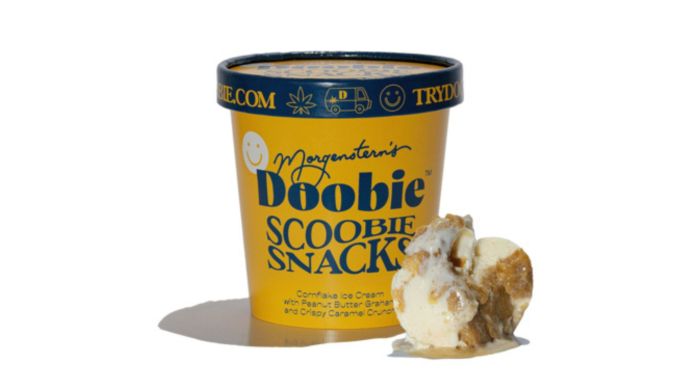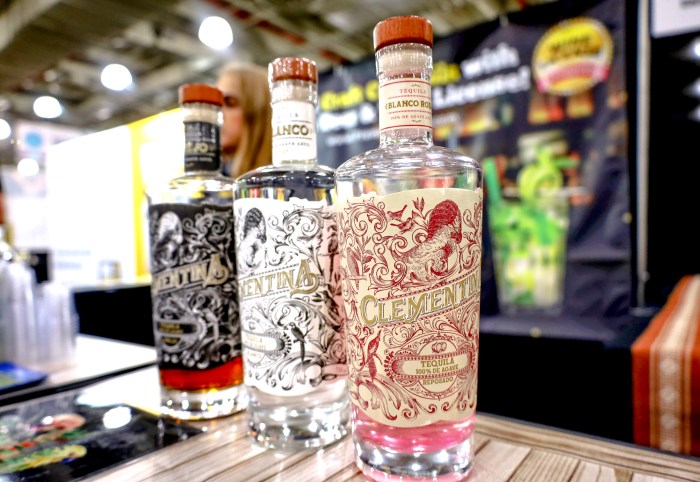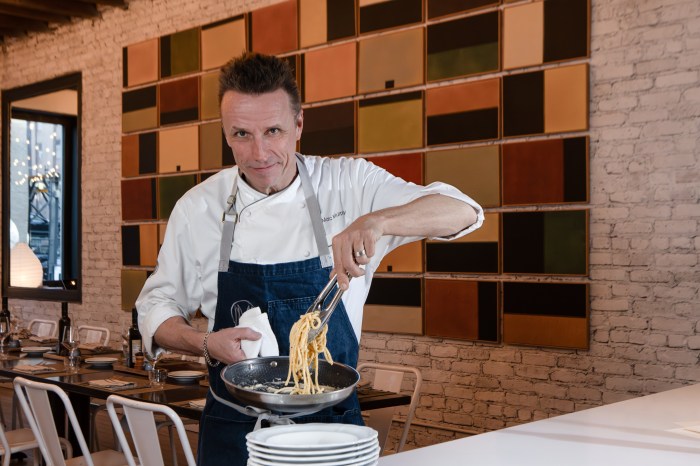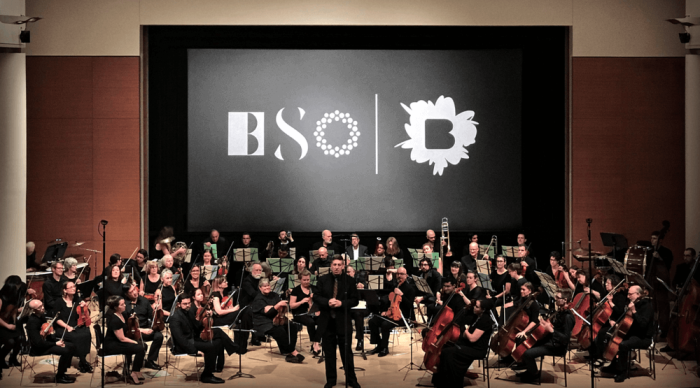
The onset of spring means flowers are finally blooming on the streets of New York — and on the plates of NYC restaurants. Though we’re accustomed to seeing the likes of daffodils and marigolds in parks and on street corners, chefs and mixologists are using florals like jasmine, hibiscus and rose to amp up flavor in their creations.
"Florals for spring” do add a fresh new taste palette and vibrant colors to dishes and cocktails — more proof that we can say goodbye to the cold, gray winter. From invoking the floral flavors of certain cultural cuisines to utilizing pretty buds as drink decorum, this is how the NYC food industry is embracing flower power on their menus.

Utilizing the environment, in more ways than one
How restaurants source ingredients shifts when spring comes around — it’s the first sign of fresh produce becoming more readily available, after all. For Dirt Candy on the Lower East Side, which attests that “vegetables are just candy from the dirt," early spring is the first time that chef and owner Amanda Cohen’s “forager,” Tama Matsuoka Wong, visits.
Matsuoka Wong forages in upstate New York and New Jersey, digging up edible roots, leaves and flowers for restaurant clients to use on their menus.
“I never know what she’s bringing me, but it’s always exciting because it inspires a sudden, sprint-for-the-finish-line burst of creativity,” Cohen said. “Sometimes I put it together in our Forager’s Salad, other times I use the greens for our Tower, which is Dirt Candy’s version of a salad.”
This spring, the Tower is going to include chickweed tips, garlic mustard, wild chives, wild corn, young lesser celandine leaves, and speedwell flowers.
“I serve it with a black-eyed pea hummus for diners to dip it all in because that smooths out the rough edges of the wild, untamed taste of these downright feral greens,” Cohen said.
Environment also plays a role for the new Italian Bar Feroce, which is in the city’s “Flower District” (along West 28th Street) on the second floor of the Moxy Chelsea. The location has had a strong influence on the restaurant itself — it has a three-story glass atrium filled with florals — and on its menu, like in the cocktail the “Ficudinnia.” The Ficudinnia is made with Casamigos Reposado, Chareau Aloe Vera Liquor, prickly pear puree, agave nectar, lemon and edible pansies from Baldor.

” class=”wp-image-129873229″/>
Photo Credit: Evan Sung
“The Flower District is vibrant and full of life; we spent a lot of time thinking of the best way to fuse the neighborhood with Italian culture,” Pietro Caldarelli, the beverage director at Bar Feroce, said. “The creation of the Ficudinnia is the perfect marriage of those two environments: you get the floral notes from the edible pansy and ruby color that is familiar in so many flowers, combined with the Prickly Pear that is known in southern Italy, especially in Sicilia.
“Given flowers need to be sourced directly from New York for peak freshness, we work with a local team who has an expansive range of edible flowers.”
Marrying cultural flavors
Still, some flowers used in food aren’t ones that would necessarily double in a bouquet. At Baar Baar, the Indian gastro pub, Chef Sujan Sarkar’s sea bass dish includes mustard flowers, and the “Chicken 65” features garlic flower. For him, the incorporation wasn’t based on season as much as cultural cuisine.
“Colorful, edible flowers like mustard flowers, garlic flowers and rose hips have been used in Indian cooking for centuries,” he said. “It was natural for us to incorporate them into our recipes to preserve the heritage of Indian cuisine, all while still putting our modern, Baar Baar spin on them.”
At seasonal omakase restaurant Shuraku, the newly launched spring tasting menu includes the “Hashiyasume,” a dish of steamed Amandi snapper with bamboo, Japanese cherry blossom (sakura) and leaf-in ginger dashi.
 Baar Baar, the “Chicken 65″ dish features garlic flower.” class=”wp-image-129838557″/>
Baar Baar, the “Chicken 65″ dish features garlic flower.” class=”wp-image-129838557″/>And executive chef Massimiliano Eandi is combining modern creativity with Italian tradition in his risottos at the new MAVSoHo. The Hibiscus Risotto is infused with — you guessed it — hibiscus, and the “Into the Blue” is infused with blue butterfly-pea flower, which you can tell by smell and flavor, as well as by the striking pastel colors.
“My mother is a botanist and she taught me the importance of plants and flowers, which can be used in many ways — for beauty, for medicine and to eat,” Eandi said. “The Hibiscus Risotto and Into the Blue dishes are a great way to introduce new flavors to our guests. The beautiful colors from the flowers make each dish visually stunning, and they taste amazing, too.”
Frozen florals
Besides the unique texture and flavor, flowers also simply make a pretty visual. At o:n°, from the creators behind Her Name is Han in Koreatown, Asian-inspired floral cocktails utilize jasmine to its full effect. Tea-infused drinks like the aptly named Jasmine includes jasmine-infused gin with honey and ginger, and is poured over jasmine flowers frozen into ice cubes.

Gabriel Kreuther Restaurant, next to Bryant Park, also experiments with flowers and ice. House-made English Rose ice cubes add charm to the “Romantic Hero” cocktail, featuring Rittenhouse Rye, Dolin Dry Vermouth, hibiscus and lemon. Other ice cubes are filled with herbs like rosemary and thyme and both edible and nonedible flowers, depending on the season and what’s available.
"The idea was born out of a spontaneous brainstorm of creative ways to garnish our cocktails, add the finishing touch inside as opposed to outside of the glass,” general manager Paul Lee said. “It doesn’t change the flavor profile of the beverage, but the effect is visually interesting — allowing you to see what the cocktail will taste like before taking that first sip. It also adds a romantic element."

















